Toronto's High Park Residence reinvents the traditional suburban house
A new project by Batay-Csorba Architects, High Park Residence, radically reimagines the suburban house archetype in Toronto
Doublespace
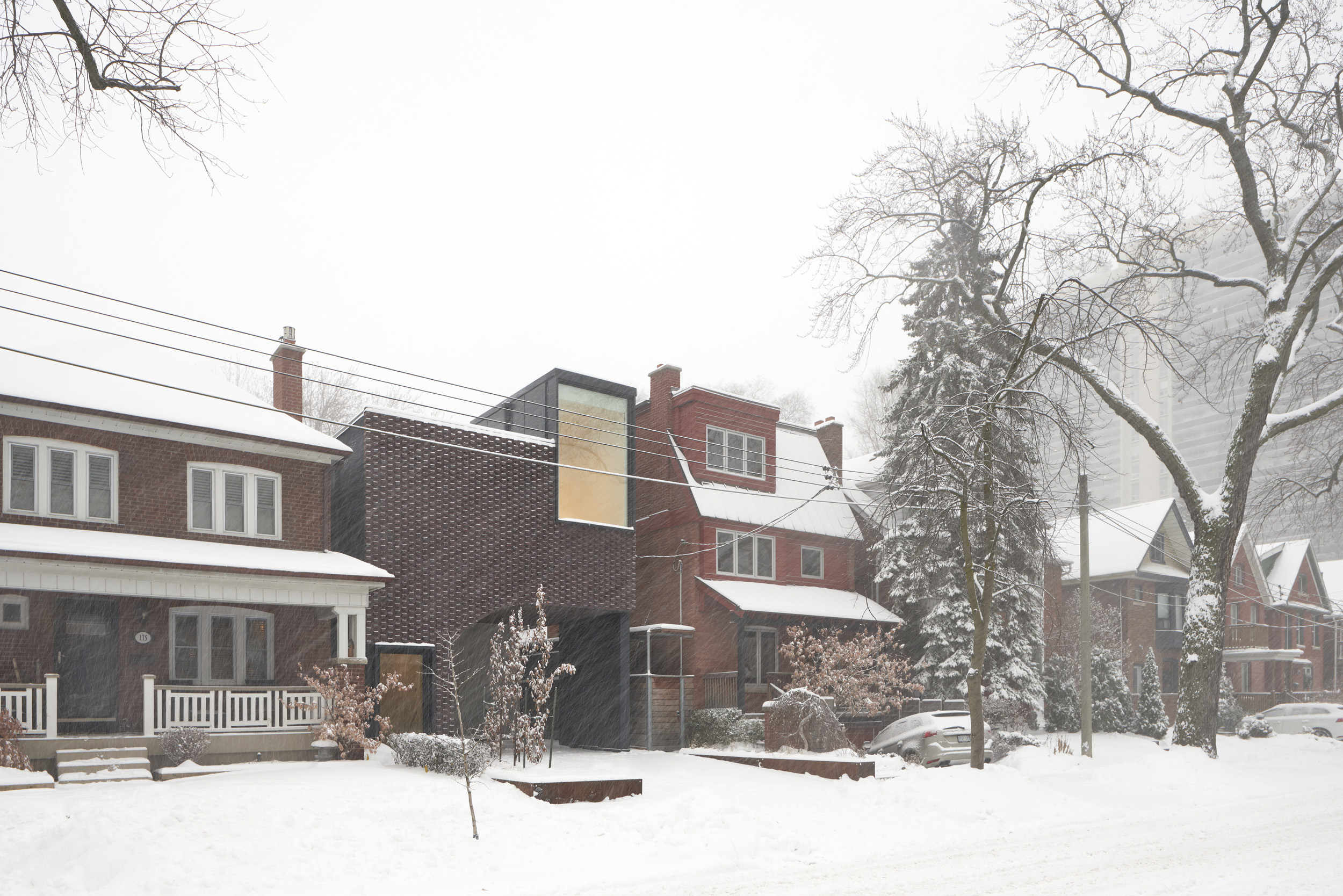
This new project by Batay-Csorba Architects (B-CA) takes a radical approach to a suburban house archetype, slotting into a red brick architecture context with a design that inverts the conventional structure of the home. Designed for an Italian couple, the house addresses the street with a modern interpretation of an ancient vault, with a car port carved out of the monolithic Flemish bond brick façade. This avoids the pitfalls of car-centric design, as the sheltered space gives architectural weight and proportion to the entire house, as does the lantern-like dormer window on the upper floor.
The vault continues through the ground floor living area, with three lightwells punched through the plan to set up powerful contrasts of light and shadow between these curved elements. Set alongside this long, vaulted room are the circulation and service spaces, allowing the main living rooms to flow freely from the front door through to the garden.
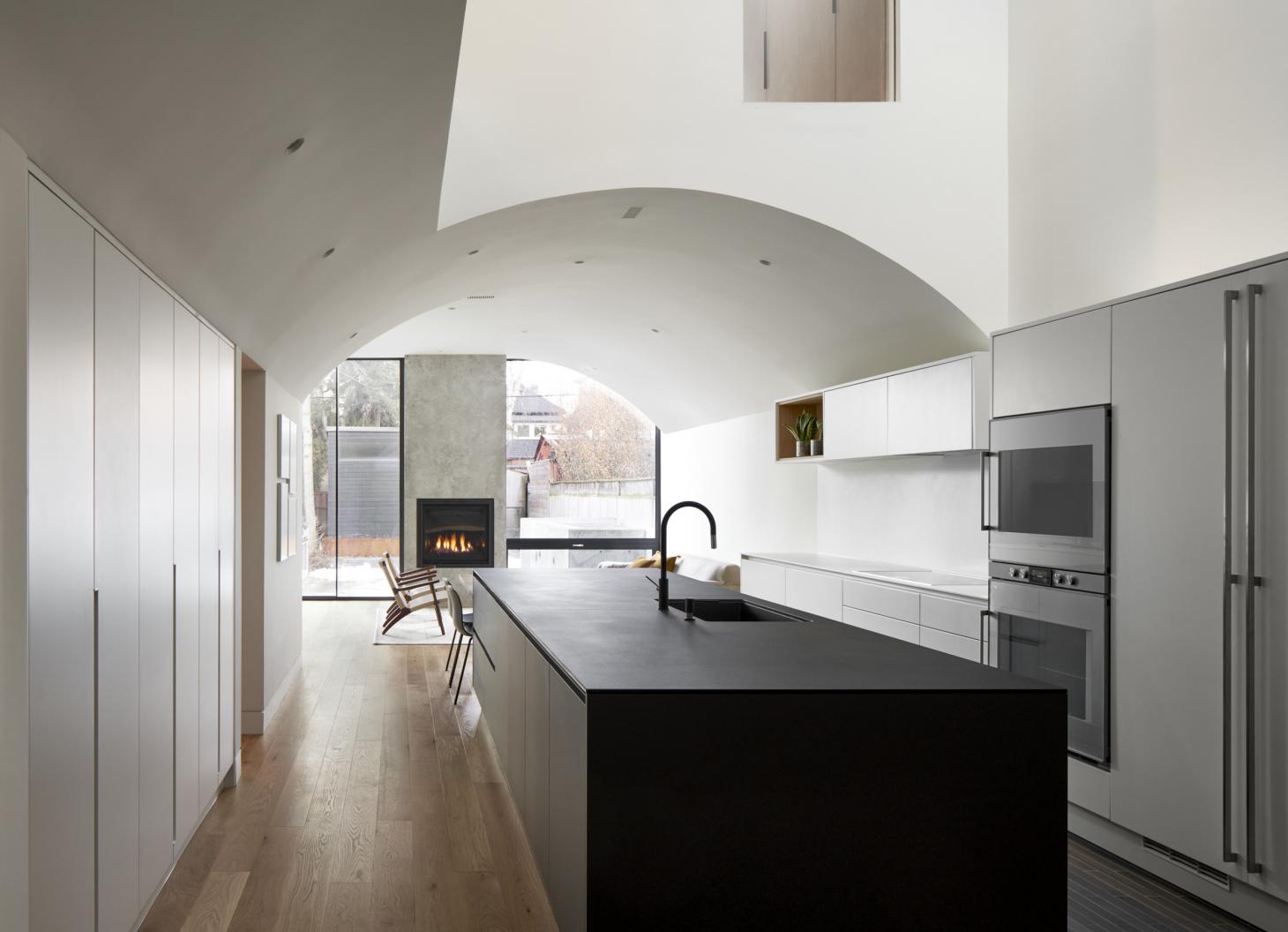
Accommodation is arranged across three floors, starting with a self-contained basement apartment complete with its own entrance. An open-plan kitchen, dining and living area occupies the entire ground floor, with two self-contained bedroom suites on the first floor, alongside a study and utility room, all connected by bridges beside the lightwells.
The beautifully built façade helps the suburban house sit happily within its 19th century context, with the textured brick modulated by changing light throughout the year. The cuts and breaks in the vault break up the interior space into natural division, allowing the kitchen – in the heart of the floorplan – to receive natural light.
The architects cite the vaulted elements as a reference to ancient Italian architecture, especially in the way that atmosphere and natural light create a sanctuary space that is a home away from home for their retired clients. ‘In carrying sacred content from the homeowner’s past into the present they are transported into another time and place, full of stories, meaning, and memories that become their refuge,’ they say.
Batay-Csorba Architects was set up by Andrew and Jodi Batay-Csorba in 2012, bringing together the duo's previous experience working for Frank Gehry, Morphosis and Predock Frane, amongst others. Based in Toronto, (B-CA) combines research with practice with a special focus on context and historical reference.



INFORMATION
Receive our daily digest of inspiration, escapism and design stories from around the world direct to your inbox.
Jonathan Bell has written for Wallpaper* magazine since 1999, covering everything from architecture and transport design to books, tech and graphic design. He is now the magazine’s Transport and Technology Editor. Jonathan has written and edited 15 books, including Concept Car Design, 21st Century House, and The New Modern House. He is also the host of Wallpaper’s first podcast.
-
 Top 10 architecture moments of 2025
Top 10 architecture moments of 2025Architecture & environment director Ellie Stathaki picks the top 10 architecture moments of 2025, to recount, remember and reassess
-
 Step inside this perfectly pitched stone cottage in the Scottish Highlands
Step inside this perfectly pitched stone cottage in the Scottish HighlandsA stone cottage transformed by award-winning Glasgow-based practice Loader Monteith reimagines an old dwelling near Inverness into a cosy contemporary home
-
 Year in Review: we’re always after innovations that interest us – here are ten of 2025’s best
Year in Review: we’re always after innovations that interest us – here are ten of 2025’s bestWe present ten pieces of tech that broke the mould in some way, from fresh takes on guitar design, new uses for old equipment and the world’s most retro smartwatch
-
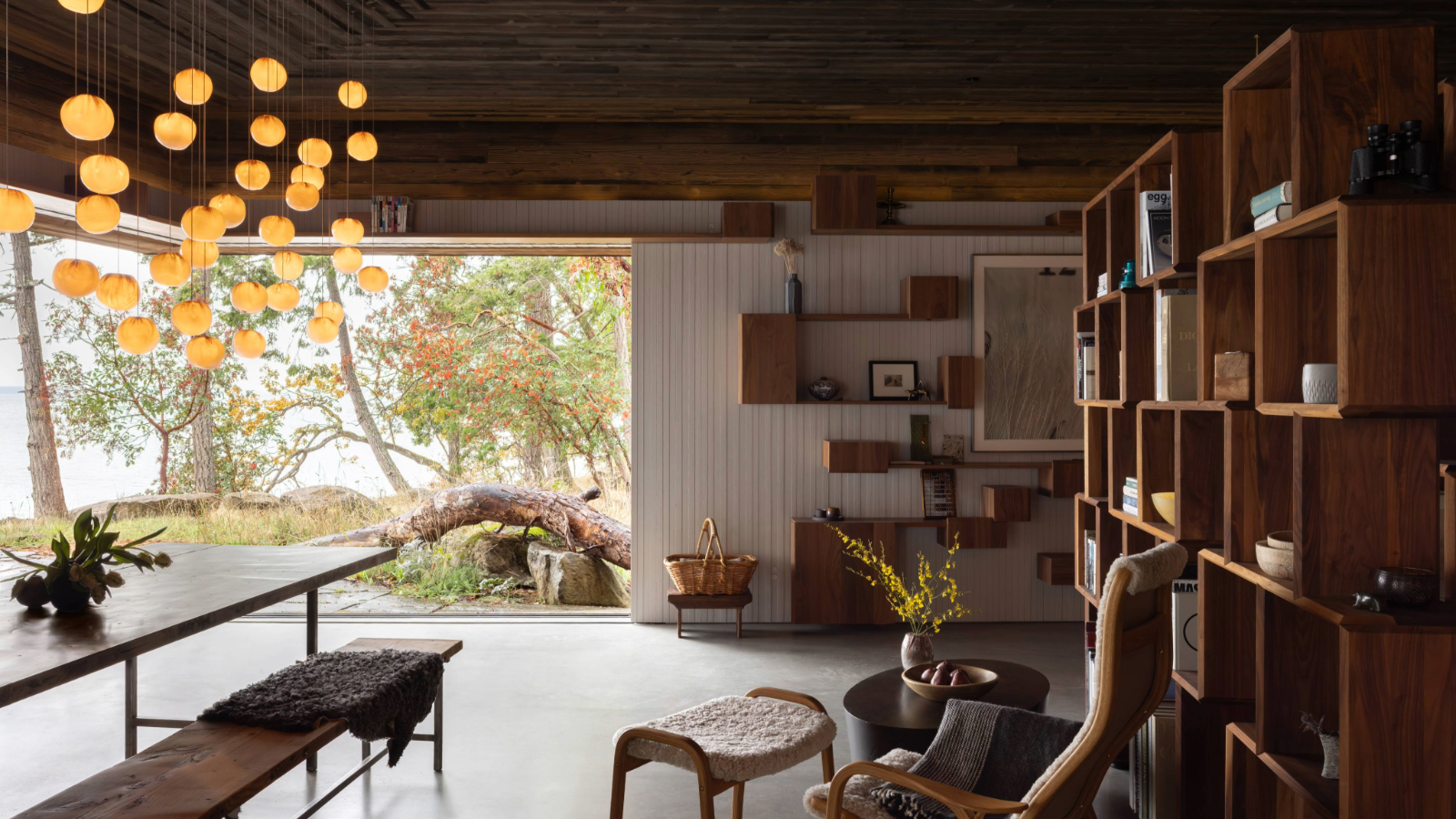 This retreat deep in the woods of Canada takes visitors on a playful journey
This retreat deep in the woods of Canada takes visitors on a playful journey91.0 Bridge House, a new retreat by Omer Arbel, is designed like a path through the forest, suspended between ferns and tree canopy in the Gulf Island archipelago
-
 The Architecture Edit: Wallpaper’s houses of the month
The Architecture Edit: Wallpaper’s houses of the monthFrom Malibu beach pads to cosy cabins blanketed in snow, Wallpaper* has featured some incredible homes this month. We profile our favourites below
-
 Explore the riches of Morse House, the Canadian modernist gem on the market
Explore the riches of Morse House, the Canadian modernist gem on the marketMorse House, designed by Thompson, Berwick & Pratt Architects in 1982 on Vancouver's Bowen Island, is on the market – might you be the new custodian of its modernist legacy?
-
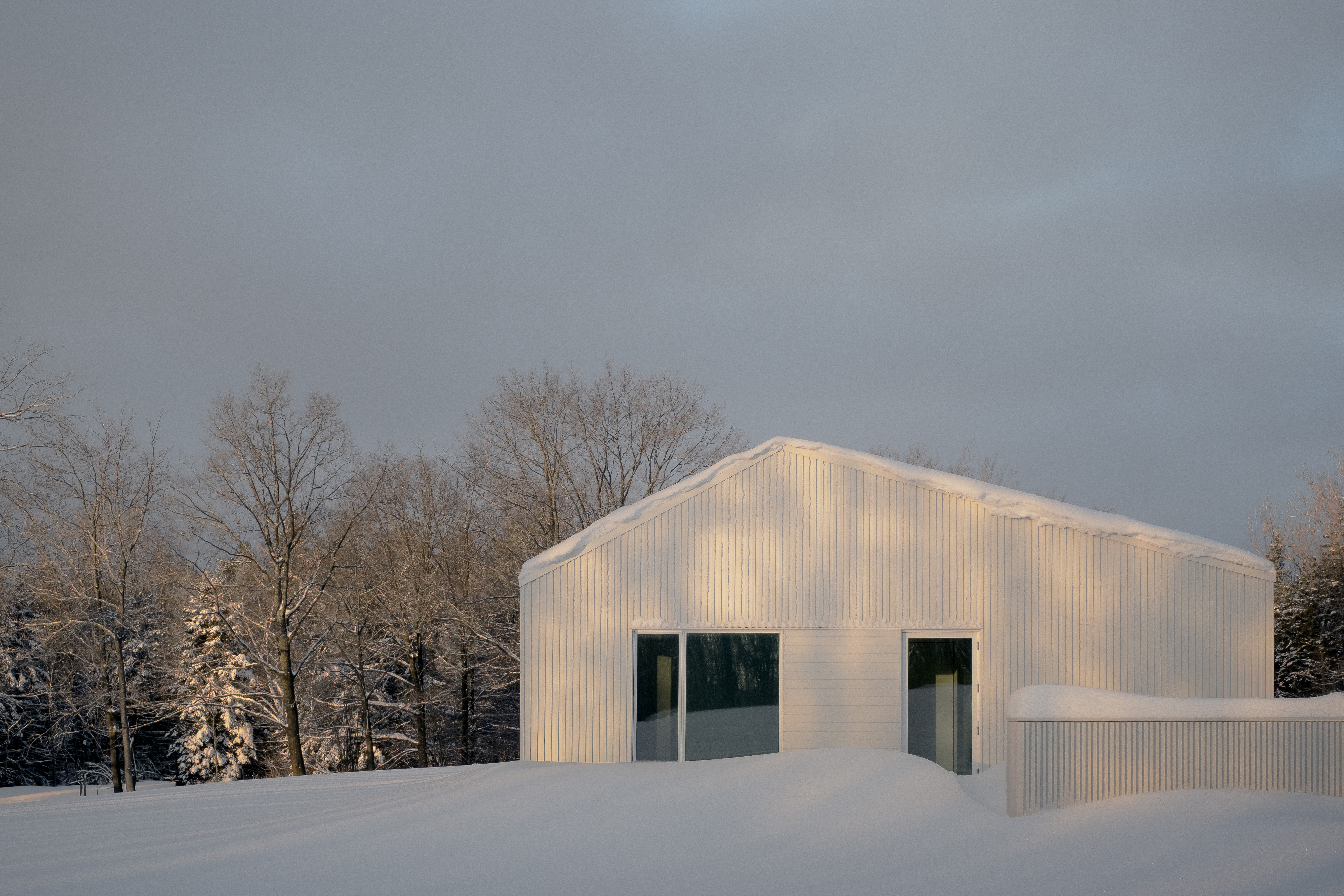 Cosy up in a snowy Canadian cabin inspired by utilitarian farmhouses
Cosy up in a snowy Canadian cabin inspired by utilitarian farmhousesTimbertop is a minimalist shelter overlooking the woodland home of wild deer, porcupines and turkeys
-
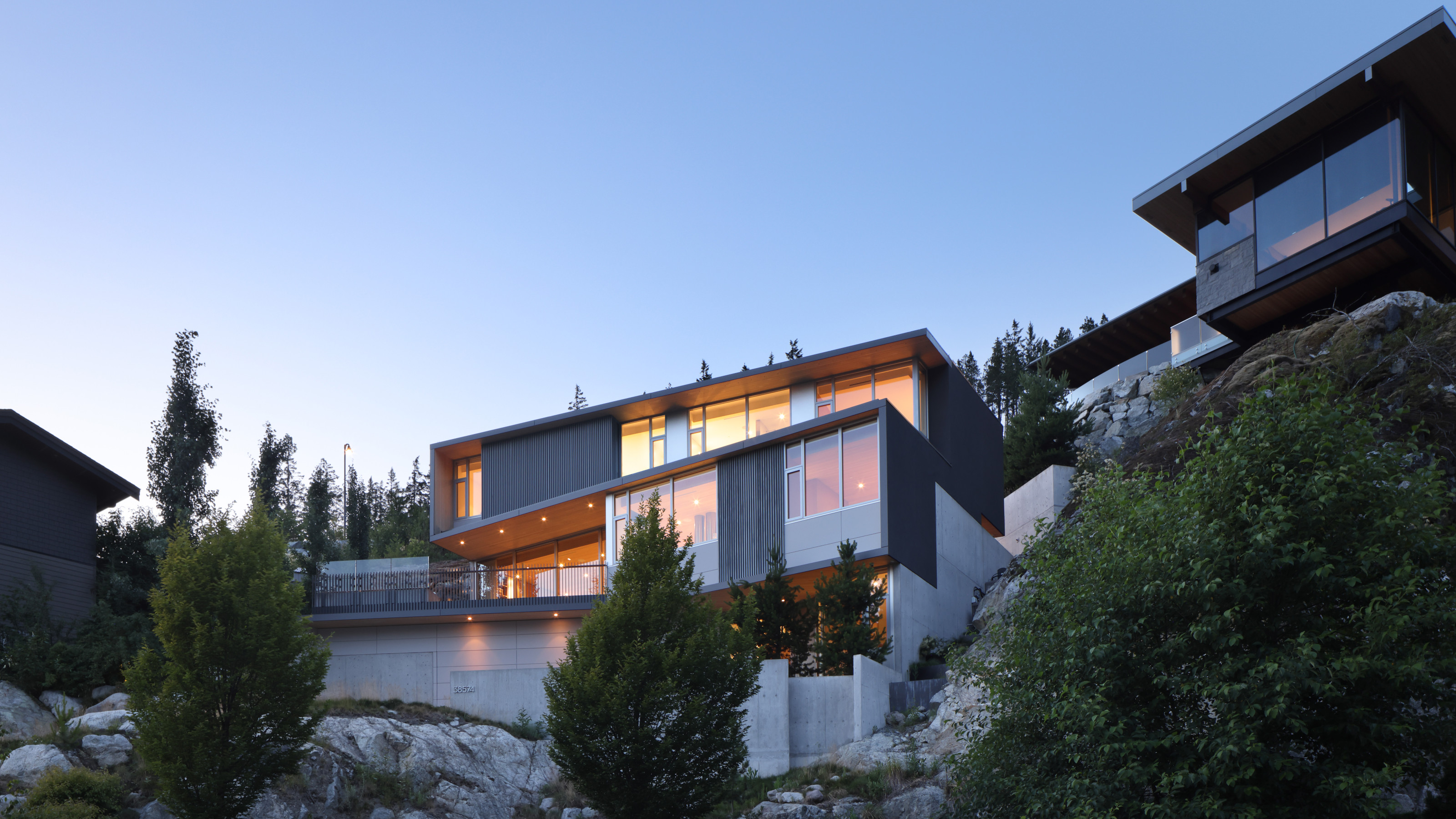 Buy yourself a Sanctuary, a serene house above the British Columbia landscape
Buy yourself a Sanctuary, a serene house above the British Columbia landscapeThe Sanctuary was designed by BattersbyHowat for clients who wanted a contemporary home that was also a retreat into nature. Now it’s on the market via West Coast Modern
-
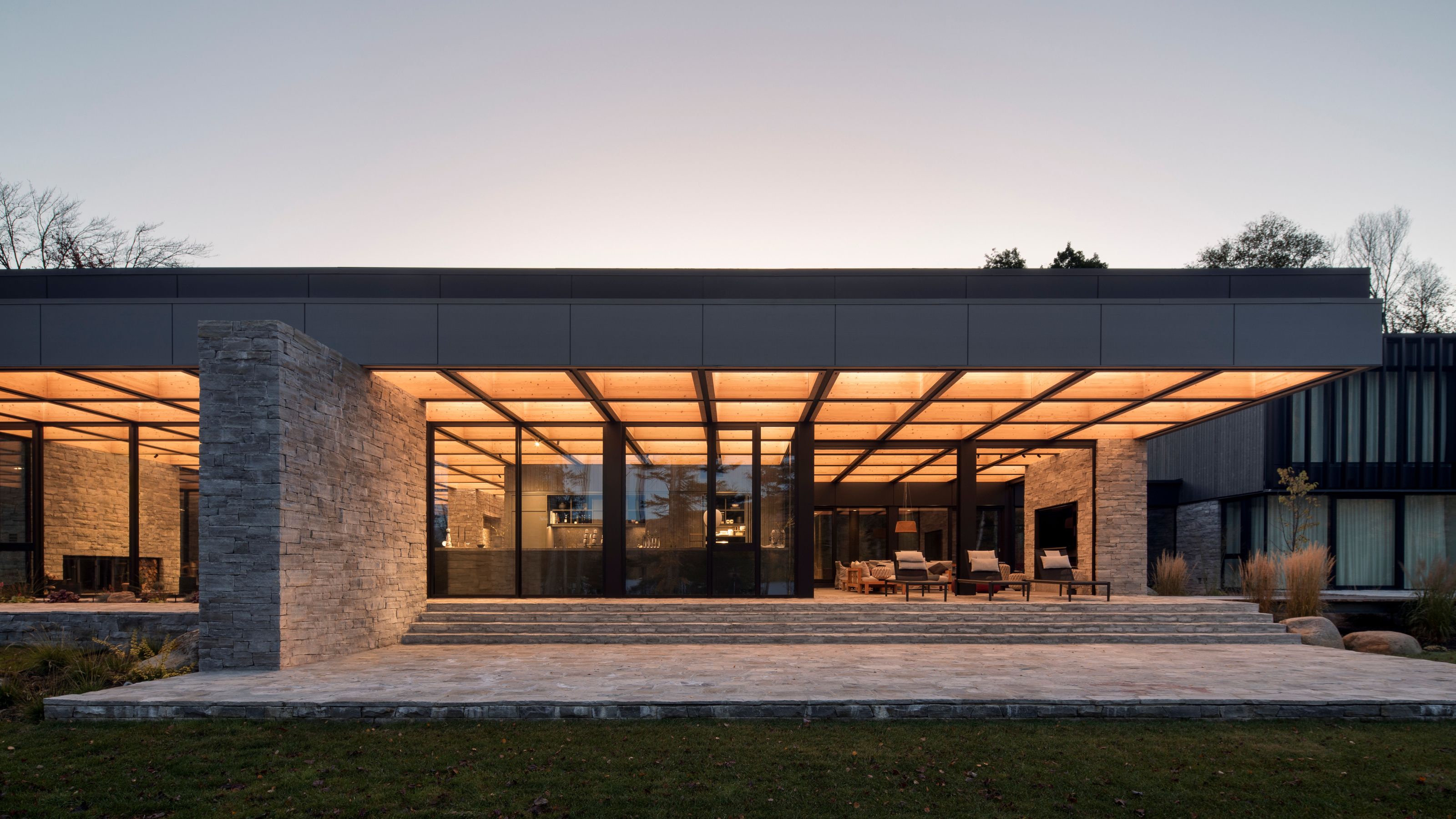 La Maison de la Baie de l’Ours melds modernism into the shores of a Québécois lake
La Maison de la Baie de l’Ours melds modernism into the shores of a Québécois lakeACDF Architecture’s grand family retreat in Quebec offers a series of flowing living spaces and private bedrooms beneath a monumental wooden roof
-
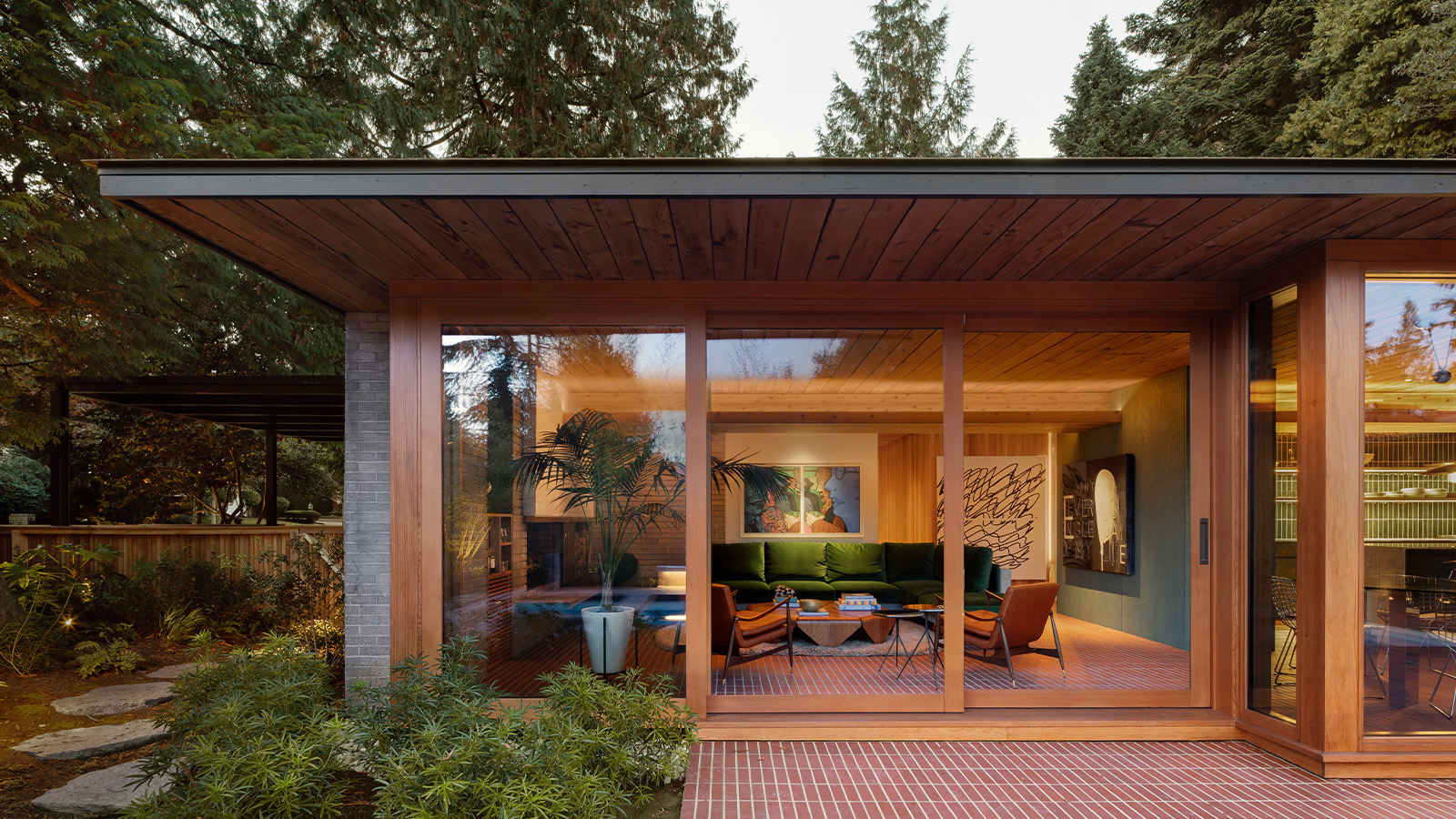 Peel back maple branches to reveal this cosy midcentury Vancouver gem
Peel back maple branches to reveal this cosy midcentury Vancouver gemOsler House, a midcentury Vancouver home, has been refreshed by Scott & Scott Architects, who wanted to pay tribute to the building's 20th-century modernist roots
-
 A spectacular waterside house in Canada results from a radical overhaul
A spectacular waterside house in Canada results from a radical overhaulSplyce Design’s Shoreline House occupies an idyllic site in British Columbia. Refurbished and updated, the structure has been transformed into a waterside retreat